

Articles
How To Store Sprouted Lentils
Modified: December 7, 2023
Learn how to store sprouted lentils with these helpful articles. Keep your lentils fresh and flavorful with our easy tips and tricks.
(Many of the links in this article redirect to a specific reviewed product. Your purchase of these products through affiliate links helps to generate commission for Storables.com, at no extra cost. Learn more)
Introduction
Welcome to the world of sprouted lentils! These tiny legumes pack a powerful punch in terms of nutrition and taste. Whether you’re a fan of legumes or just looking to incorporate more plant-based protein into your diet, sprouted lentils are a fantastic option. Not only are they packed with vitamins, minerals, and antioxidants, but they’re also incredibly versatile and can be used in a variety of dishes.
In this article, we’ll explore the benefits of sprouted lentils, provide tips on how to choose and buy them, and most importantly, discuss the best methods for storing sprouted lentils. Because let’s face it, once you’ve discovered the wonders of sprouted lentils, you’ll want to have them on hand at all times.
So, let’s dive in and learn how to store sprouted lentils to ensure their freshness and quality for as long as possible.
Key Takeaways:
- Sprouted lentils offer enhanced nutrition, improved digestion, and increased protein and fiber. Proper storage methods such as refrigeration, freezing, and dehydrating can help maintain their freshness and quality for an extended period.
- Choosing high-quality sprouted lentils, using proper packaging, and following hygiene and handling tips are essential for extending their shelf life. With the right knowledge and methods, you can enjoy the benefits of sprouted lentils year-round.
Read more: How To Store Cooked Lentils
Benefits of Sprouted Lentils
Sprouted lentils offer a wide range of nutritional benefits compared to their unsprouted counterparts. When a lentil sprouts, it undergoes a transformation that increases its nutrient content and digestibility. Here are some of the key benefits of incorporating sprouted lentils into your diet:
- Increased Nutrient Availability: Sprouting enhances the nutrient availability of lentils, making it easier for our bodies to absorb and utilize essential vitamins and minerals. Sprouted lentils are rich in B-vitamins, iron, potassium, and magnesium.
- Improved Digestion: The sprouting process breaks down complex carbohydrates and proteins, making sprouted lentils easier to digest. This can be particularly beneficial for individuals with sensitive digestive systems or those who struggle with discomfort after consuming legumes.
- Enhanced Antioxidant Content: Sprouted lentils contain increased levels of antioxidants, which help protect our cells from damage caused by free radicals. These antioxidants have been linked to a reduced risk of chronic diseases, such as heart disease, cancer, and diabetes.
- Increased Protein and Fiber: Sprouted lentils are an excellent source of plant-based protein and dietary fiber. Protein is essential for muscle growth, repair, and overall bodily functions, while fiber aids in digestion, promotes satiety, and helps maintain healthy blood sugar levels.
- Low in Fat and Calories: If you’re watching your calorie intake or aiming to maintain a healthy weight, sprouted lentils are a great choice. They are low in fat and calories, making them a nutritious addition to a balanced diet.
Now that we’ve covered the numerous benefits that sprouted lentils offer, let’s move on to the next section: choosing and buying sprouted lentils.
Choosing and Buying Sprouted Lentils
When it comes to choosing and buying sprouted lentils, there are a few key factors to consider to ensure you’re getting the best quality product. Here are some tips to help you make the right choice:
- Freshness: Look for sprouted lentils that appear fresh and vibrant. Avoid any that are discolored, have a foul odor, or appear mushy, as these are signs of spoilage.
- Organic and Non-GMO: Opt for organic sprouted lentils to minimize exposure to pesticides and genetically modified organisms. Organic lentils are grown without synthetic fertilizers or harmful chemicals, making them a healthier choice.
- Source and Brand: Purchase sprouted lentils from reputable brands or suppliers with a track record of providing high-quality legumes. It’s essential to know where your lentils are sourced from to ensure they meet your standards of quality and sustainability.
- Packaging: Pay attention to the packaging of sprouted lentils. Look for airtight and moisture-resistant packaging to maintain freshness. Transparent packaging is also beneficial, as it allows you to inspect the lentils for any signs of damage or spoilage.
- Sustainability: Consider supporting brands that prioritize sustainable farming practices and have a commitment to reducing their environmental impact. Look for certifications such as Fair Trade or Rainforest Alliance to ensure your lentils are sourced responsibly.
It’s worth noting that sprouted lentils can be found in different varieties, including green lentils, brown lentils, and red lentils. Each variety has its own unique characteristics in terms of texture and flavor, so feel free to experiment and find your favorite!
Now that you know what to look for when buying sprouted lentils, let’s move on to the next section: storing sprouted lentils to maintain their freshness and quality.
Storing Sprouted Lentils
Proper storage is essential to maintain the freshness and quality of sprouted lentils. Here are three methods you can use to store sprouted lentils:
Method 1: Refrigerator Storage
The refrigerator is an ideal place to store sprouted lentils, as it helps slow down the sprouting process and keeps them fresh for longer. Follow these steps:
- Transfer the sprouted lentils to an airtight container or a resealable plastic bag.
- Place the container or bag in the refrigerator, preferably in the crisper drawer or the coldest part of the fridge.
- Make sure the lentils are completely dry before storing them to prevent moisture buildup, which can lead to mold formation.
- Label the container with the date to keep track of their storage time.
Read more: How To Store Sprouts
Method 2: Freezer Storage
If you want to extend the shelf life of sprouted lentils even further, you can freeze them. Here’s how:
- Spread the sprouted lentils on a baking sheet in a single layer and place them in the freezer for a few hours until they are frozen solid.
- Transfer the frozen lentils to a freezer-safe container or bag and seal tightly to prevent freezer burn.
- Label the container with the date and store in the freezer for up to 3 months.
Method 3: Dehydrating Sprouted Lentils
Another option is to dehydrate your sprouted lentils, which removes the moisture content and allows for long-term storage. Here’s what you need to do:
- Spread the sprouted lentils on a dehydrator tray or a baking sheet lined with parchment paper.
- Set the dehydrator to a low temperature (around 115°F to 125°F) or preheat your oven to its lowest setting.
- Dehydrate the lentils for 8-12 hours or until they are completely dry and crispy.
- Allow the lentils to cool down and then store them in an airtight container in a cool, dry place.
Now that you know how to store sprouted lentils using different methods, let’s move on to the next section: proper packaging for storing sprouted lentils.
Method 1: Refrigerator Storage
Refrigerator storage is an effective method for keeping sprouted lentils fresh and extending their shelf life. Follow these steps to properly store sprouted lentils in the refrigerator:
- Transfer the sprouted lentils to an airtight container or a resealable plastic bag. This helps to prevent moisture from entering and keeps the lentils from drying out.
- Before transferring the lentils, ensure they are completely dry. Excess moisture can lead to the growth of mold or bacteria, compromising the quality of the lentils.
- Label the container or bag with the date of storage. This will help you keep track of their freshness and ensure you use the oldest sprouted lentils first.
- Choose the coldest part of your refrigerator to store the lentils. The crisper drawer is usually a suitable location as it maintains a consistent temperature and humidity level.
- Place the container or bag of sprouted lentils in the refrigerator, making sure it is sealed tightly. This will help preserve their freshness and prevent any odors from contaminating the lentils.
When properly stored in the refrigerator, sprouted lentils can maintain their freshness for up to 3-5 days. However, it’s important to regularly check for any signs of spoilage, such as a sour smell or slimy texture. If you notice any of these signs, discard the lentils immediately.
Note: Refrigerator storage is ideal for short-term use. If you want to store sprouted lentils for a more extended period, consider freezing or dehydrating them using the methods mentioned earlier.
Now that you know how to store sprouted lentils in the refrigerator, let’s move on to discussing the second method of storage: freezing sprouted lentils.
Method 2: Freezer Storage
If you want to prolong the shelf life of sprouted lentils, freezer storage is a great option. Freezing helps to preserve the freshness and quality of the lentils for an extended period. Here’s how you can store sprouted lentils in the freezer:
- Start by spreading the sprouted lentils in a single layer on a baking sheet. This prevents them from clumping together and allows for faster freezing.
- Place the baking sheet with the lentils in the freezer and leave them for a few hours until they are completely frozen. Freezing them individually helps prevent them from sticking together.
- Once the sprouted lentils are frozen, transfer them to a freezer-safe container or a resealable plastic bag. Squeeze out any excess air from the bag before sealing it tightly. Alternatively, you can vacuum-seal the lentils to further protect them from freezer burn.
- Label the container or bag with the date of freezing to keep track of their storage time.
- Store the sprouted lentils in the freezer at a temperature of 0°F (-18°C) or below.
When properly frozen, sprouted lentils can be stored for up to 3 months without significant loss in quality. It’s important to note that while frozen sprouted lentils can still be used, they might lose some of their crunchiness and texture. Therefore, they are best suited for cooked dishes such as soups, stews, and curries.
When you’re ready to use the frozen sprouted lentils, there’s no need to thaw them. You can add them directly to your recipe, allowing them to cook along with the other ingredients.
Now that you know how to store sprouted lentils in the freezer, let’s move on to the third method: dehydrating sprouted lentils.
Read more: How To Store Alfalfa Sprouts
Method 3: Dehydrating Sprouted Lentils
If you’re looking for a method to store sprouted lentils for an extended period while preserving their nutritional value, dehydrating them is a great option. Dehydrating removes the moisture content from the lentils, ensuring that they stay dry and retain their quality. Here’s how you can dehydrate sprouted lentils:
- Spread the sprouted lentils in a single layer on a dehydrator tray or a baking sheet lined with parchment paper. It’s important to ensure that the lentils are evenly spread out without overlapping.
- Set the dehydrator to a low temperature, typically between 115°F to 125°F (46°C to 52°C), and let the lentils dehydrate for 8-12 hours. Make sure to follow the manufacturer’s instructions for your specific dehydrator model.
- If you don’t have a dehydrator, you can use your oven. Preheat it to its lowest setting and leave the door slightly ajar to allow proper air circulation. Place the lentils in the oven and allow them to dehydrate for the same duration as mentioned above.
- Check the lentils periodically during the dehydration process. They are ready when they are completely dry and crispy to the touch. If any moisture remains, continue dehydrating until they reach the desired texture.
- Once the lentils are dehydrated, remove them from the dehydrator or oven and allow them to cool completely.
- Store the dehydrated lentils in an airtight container, such as a glass jar or a resealable bag. Make sure the container is tightly sealed to prevent moisture from entering.
When stored properly in a cool, dry place, such as a pantry or cupboard, dehydrated sprouted lentils can last for several months or even up to a year. They are incredibly versatile and can be used in various recipes, including salads, trail mixes, and as a crunchy topping for soups and bowls.
Prior to using dehydrated sprouted lentils, you may need to rehydrate them by soaking them in water for a few hours or boiling them until they become tender, depending on the specific recipe.
With this method, you can enjoy the benefits of sprouted lentils all year round, even when they are not in season.
Now that you know how to dehydrate sprouted lentils, it’s important to understand the proper packaging for storing sprouted lentils, regardless of the storage method you choose.
Store sprouted lentils in an airtight container in the refrigerator for up to 5 days. Make sure to pat them dry with a paper towel before storing to prevent spoilage.
Proper Packaging for Storing Sprouted Lentils
Proper packaging plays a crucial role in storing sprouted lentils and maintaining their freshness. Follow these guidelines to ensure that your sprouted lentils remain in prime condition:
- Airtight Containers: Use airtight containers, such as glass jars or food-grade plastic containers, to store sprouted lentils. These containers prevent air, moisture, and odors from entering and affecting the quality of the lentils.
- Resealable Plastic Bags: If using plastic bags, opt for resealable ones to create a tight seal and keep the sprouted lentils fresh. Squeeze out any excess air before sealing the bag.
- Vacuum-Sealed Bags: Vacuum sealing is an excellent option for long-term storage of sprouted lentils. It removes all the air from the packaging, protecting the lentils from oxidation and freezer burn.
- Transparent Packaging: Choose transparent packaging whenever possible. This allows you to easily inspect the lentils for any signs of spoilage, such as discoloration or mold growth, without opening the container or bag.
- Labeling: Always label your containers or bags with the date of storage. This helps you keep track of the lentils’ freshness and ensures you use the oldest ones first.
- Store in a Cool, Dry Place: Regardless of the packaging used, store sprouted lentils in a cool, dry place away from direct sunlight and heat sources. This helps preserve their quality and prevent moisture buildup.
Remember to check your stored sprouted lentils periodically for any signs of spoilage. If you notice any changes in color, texture, or smell, it’s best to discard them to avoid any potential health risks.
By following these packaging guidelines, you can ensure that your sprouted lentils remain fresh and flavorful for an extended period, allowing you to enjoy their nutritional benefits whenever you desire.
Now that you understand the proper packaging, let’s explore some tips for extending the shelf life of sprouted lentils.
Tips for Extending the Shelf Life of Sprouted Lentils
To make the most out of your sprouted lentils and ensure their freshness for as long as possible, here are some tips to extend their shelf life:
- Proper Hygiene: Before sprouting lentils, make sure to thoroughly rinse them and remove any debris. Additionally, sanitize the sprouting equipment to prevent the growth of harmful bacteria and mold.
- Use Quality Water: When sprouting lentils, use clean and filtered water. This helps eliminate impurities that can affect the quality and taste of the sprouts.
- Don’t Overwater: While sprouting, ensure that the lentils receive adequate moisture, but avoid overwatering them. Excess moisture can lead to mold growth and spoilage.
- Store Dry Sprouts: Before storing sprouted lentils, allow them to dry completely. Excess moisture can lead to the growth of mold and bacteria, so make sure the sprouts are dry to the touch.
- Avoid Cross Contamination: When storing sprouted lentils, keep them separate from other foods, especially raw meat, poultry, or seafood. This helps prevent cross-contamination and maintains the quality of the lentils.
- Regular Inspections: Check stored sprouted lentils periodically for any signs of spoilage, such as discoloration, foul odor, or sliminess. Discard any sprouts that show these signs to avoid consuming spoiled lentils.
- Rotate Stock: When using sprouted lentils, practice the “first in, first out” method. This means using the oldest sprouts first before moving on to the newer ones. This helps prevent any lentils from being left unused for an extended period.
- Proper Handling: When taking sprouted lentils from storage, make sure to use clean utensils and avoid touching them with bare hands to reduce the risk of contamination.
By following these tips, you can maximize the shelf life of sprouted lentils and enjoy their freshness and nutritional benefits for an extended time.
Now that you have learned tips to extend the shelf life of sprouted lentils, let’s conclude our discussion.
Conclusion
Sprouted lentils are a nutritious and versatile addition to any diet, offering a range of health benefits and a delightful taste. By following the proper methods for storing sprouted lentils, you can ensure their freshness and quality for an extended period.
Whether you choose refrigeration, freezer storage, or dehydrating, each method has its advantages and allows you to enjoy sprouted lentils in various ways. Refrigerator storage is ideal for short-term use, while freezer storage and dehydrating are excellent options for long-term storage.
Remember to package your sprouted lentils in airtight containers, resealable bags, or vacuum-sealed pouches to prevent moisture, air, and odors from compromising their quality. Labeling the containers with the storage date helps you keep track of their freshness.
Additionally, practicing proper hygiene, using clean water during sprouting, and regular inspections for signs of spoilage are essential for extending the shelf life of sprouted lentils.
Whether you choose to enjoy sprouted lentils in salads, soups, stir-fries, or as a standalone protein-rich snack, storing them properly ensures that you’ll always have them on hand when inspiration strikes.
So, embrace the world of sprouted lentils, experiment with different varieties, and savor their nutritional goodness. With the knowledge and tips shared in this article, you can confidently store sprouted lentils and enjoy their benefits for months to come.
Happy sprouting and storing!
Frequently Asked Questions about How To Store Sprouted Lentils
Was this page helpful?
At Storables.com, we guarantee accurate and reliable information. Our content, validated by Expert Board Contributors, is crafted following stringent Editorial Policies. We're committed to providing you with well-researched, expert-backed insights for all your informational needs.
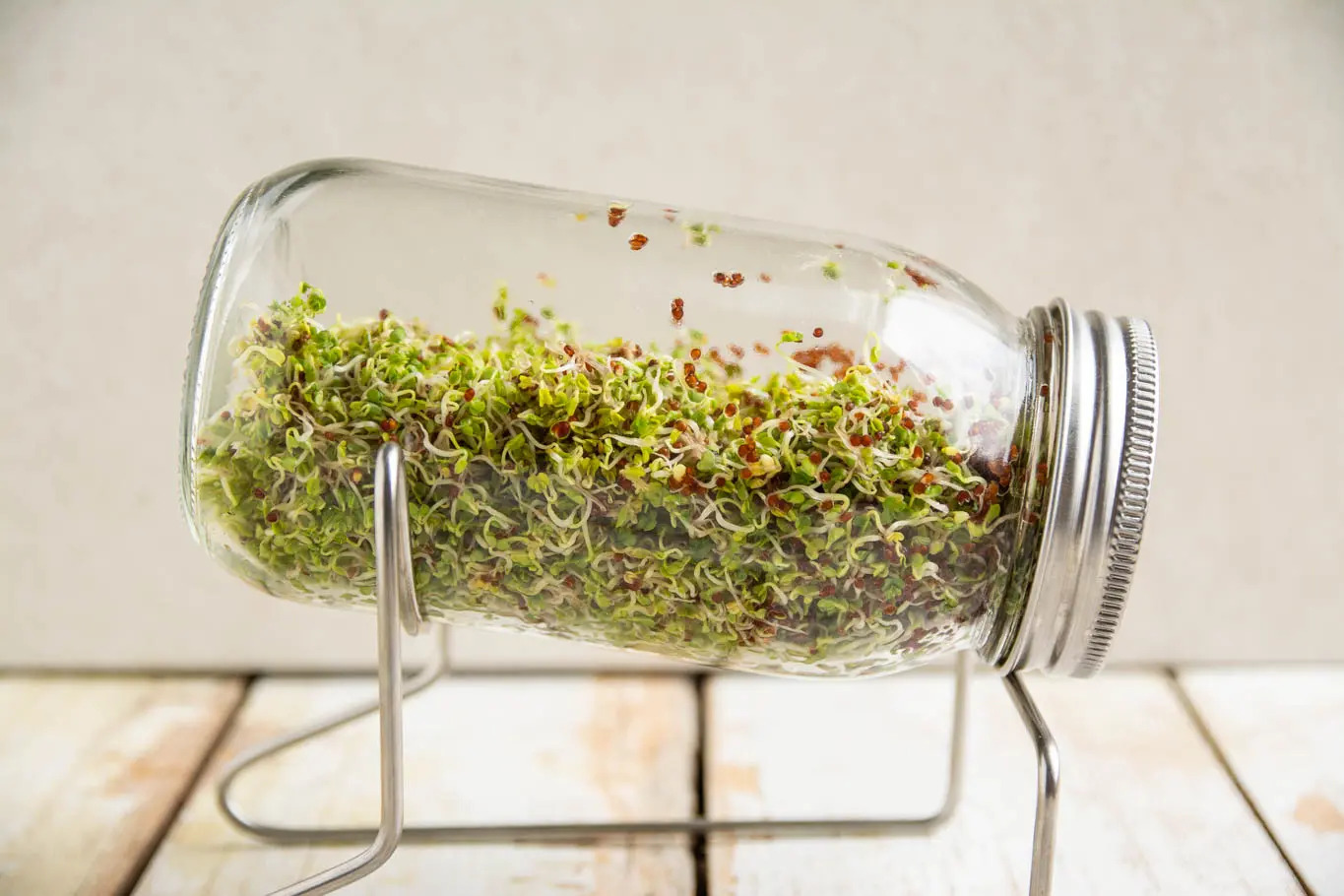




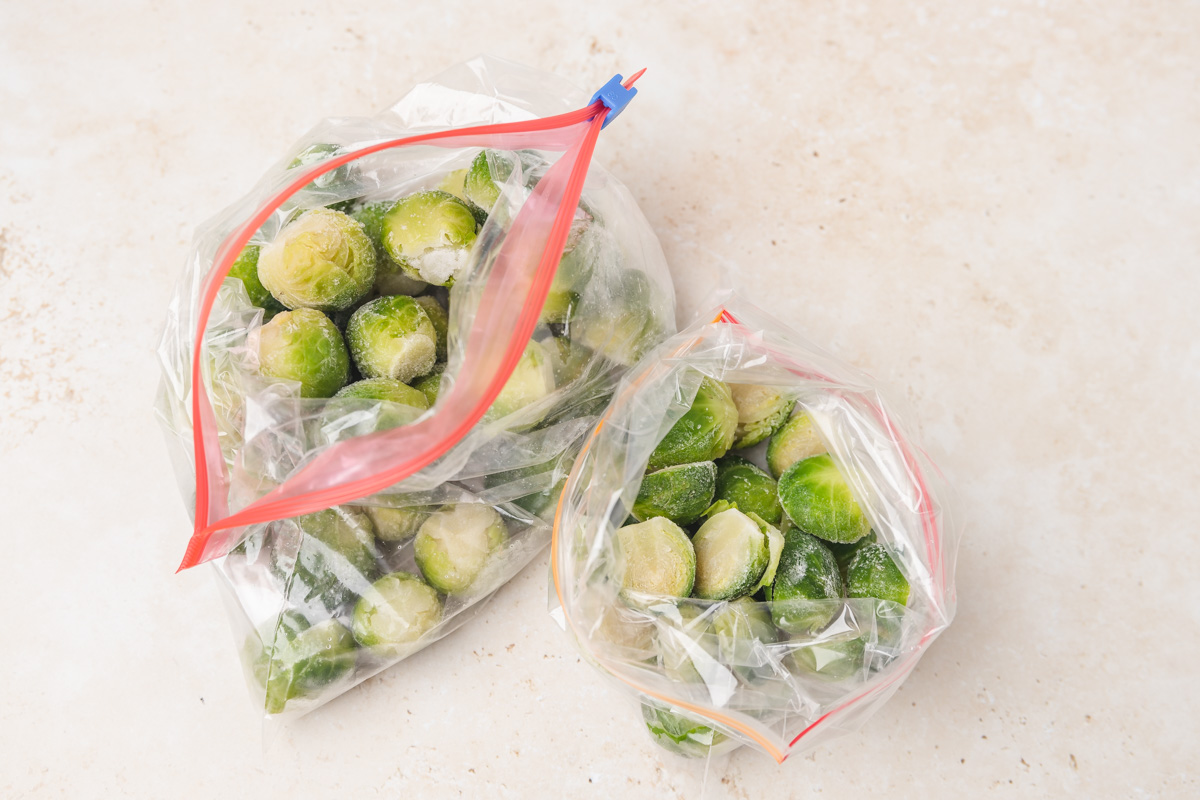
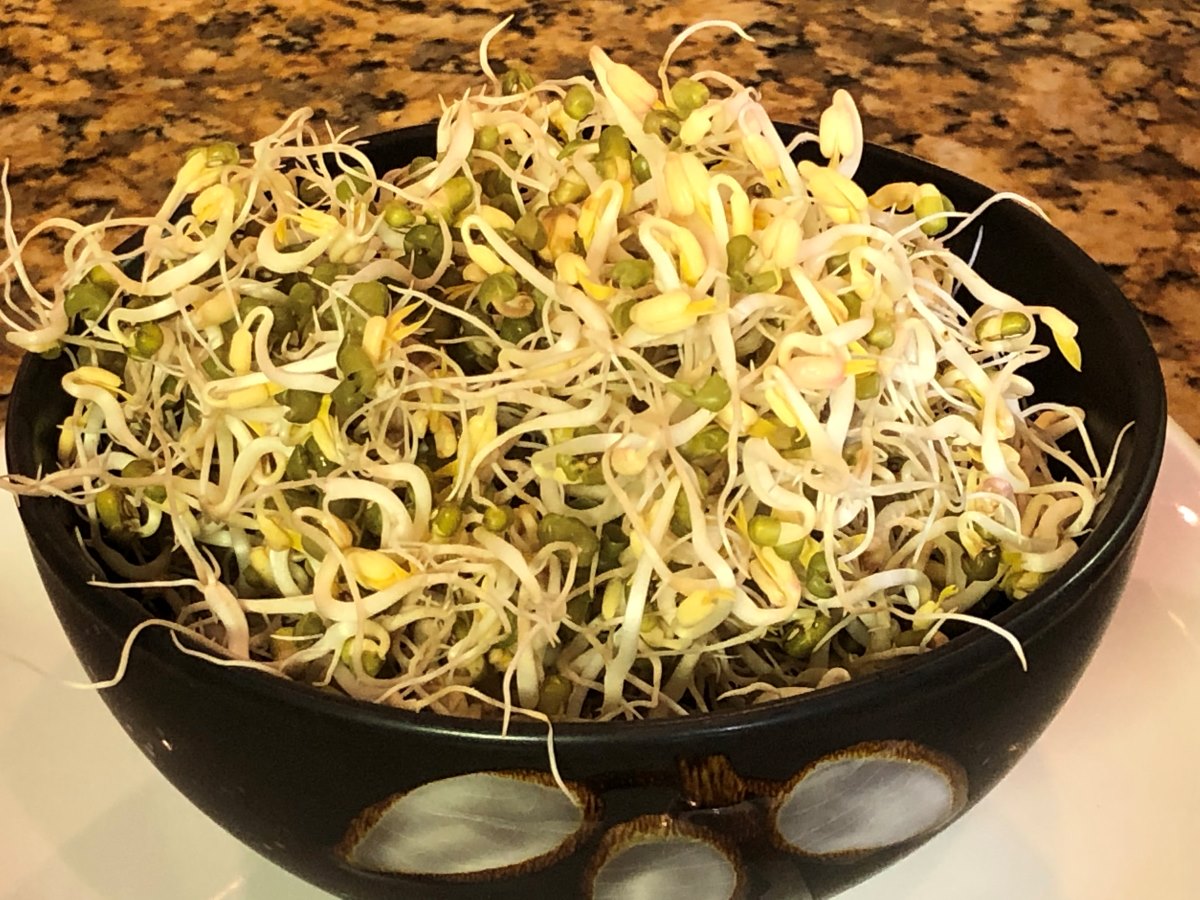



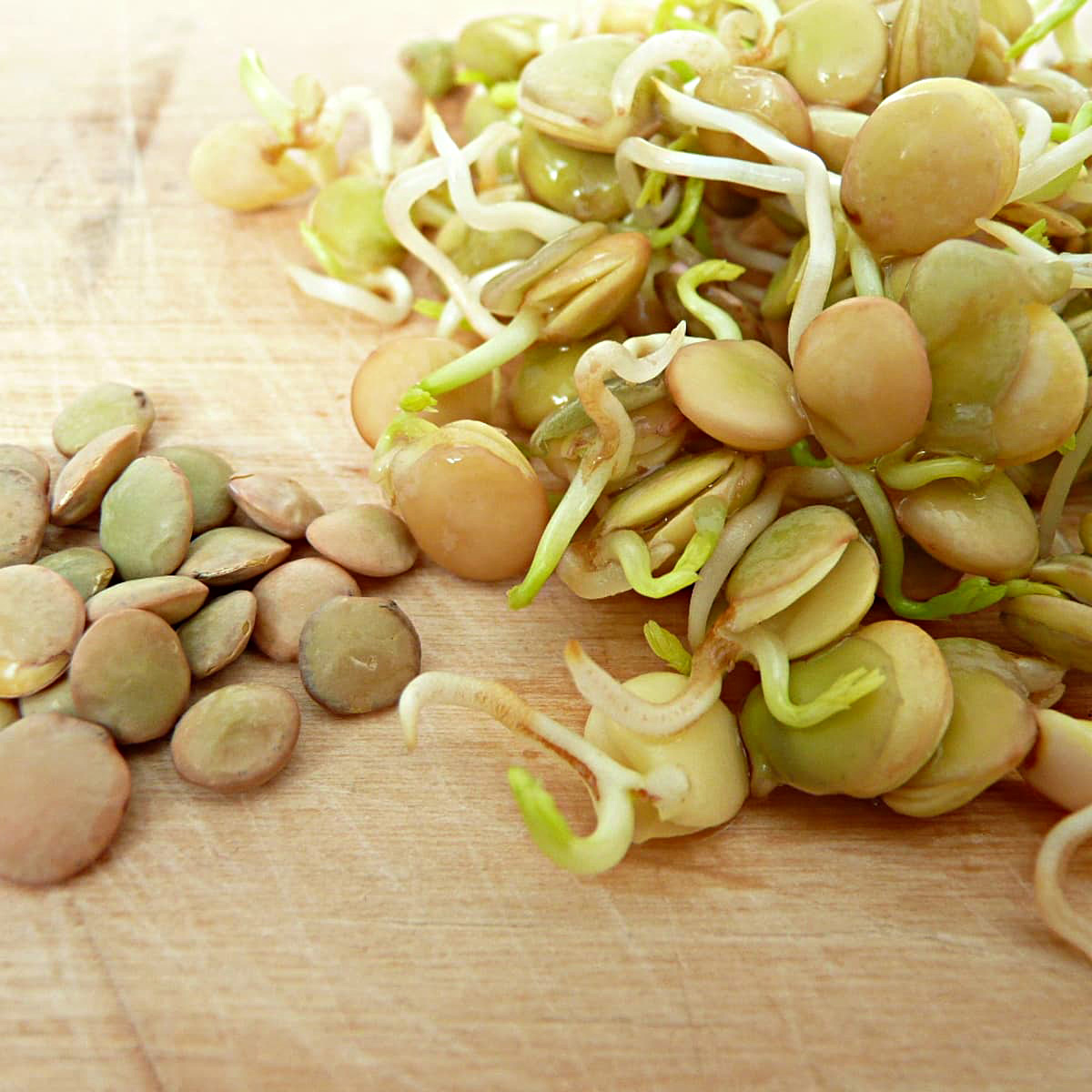

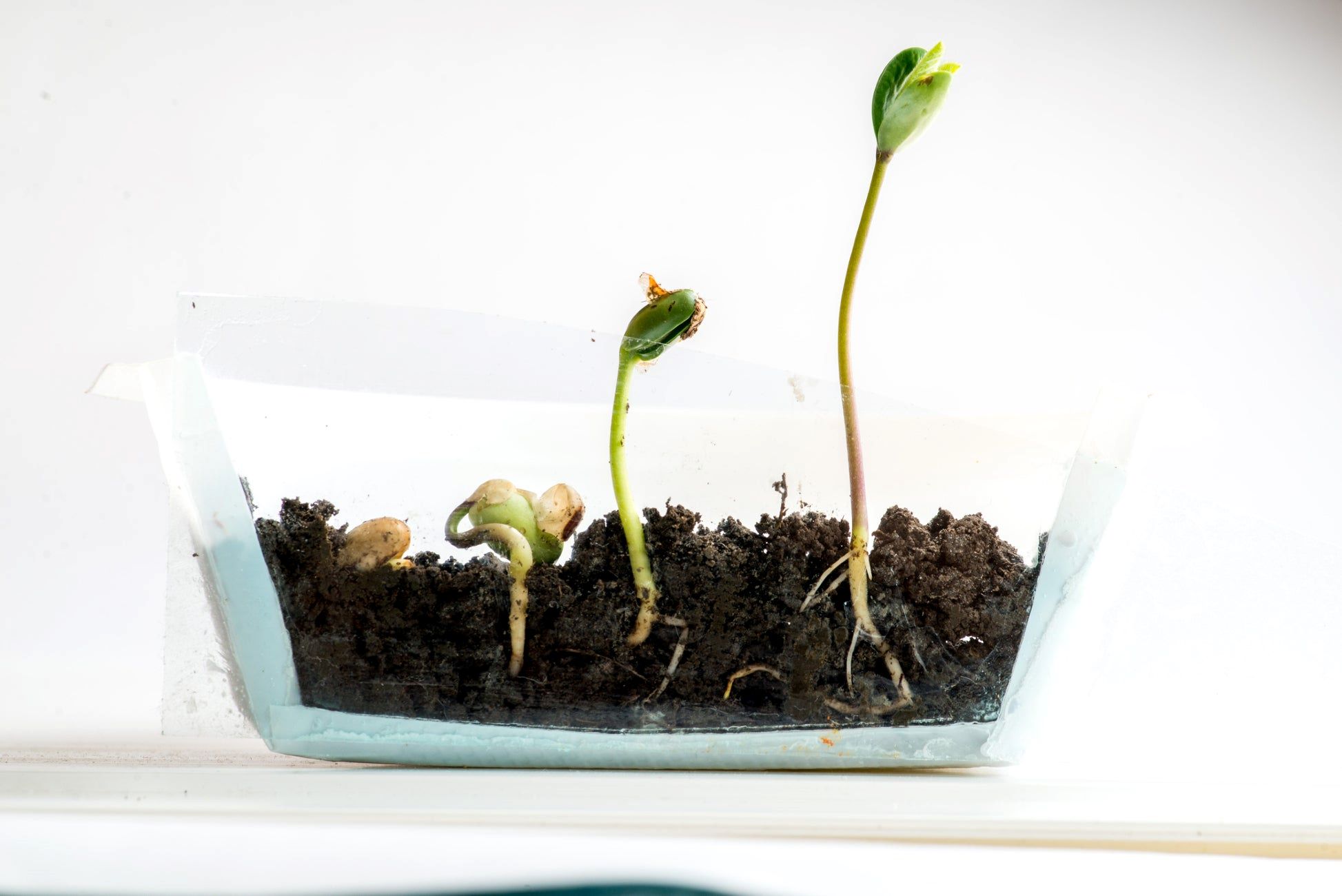

0 thoughts on “How To Store Sprouted Lentils”